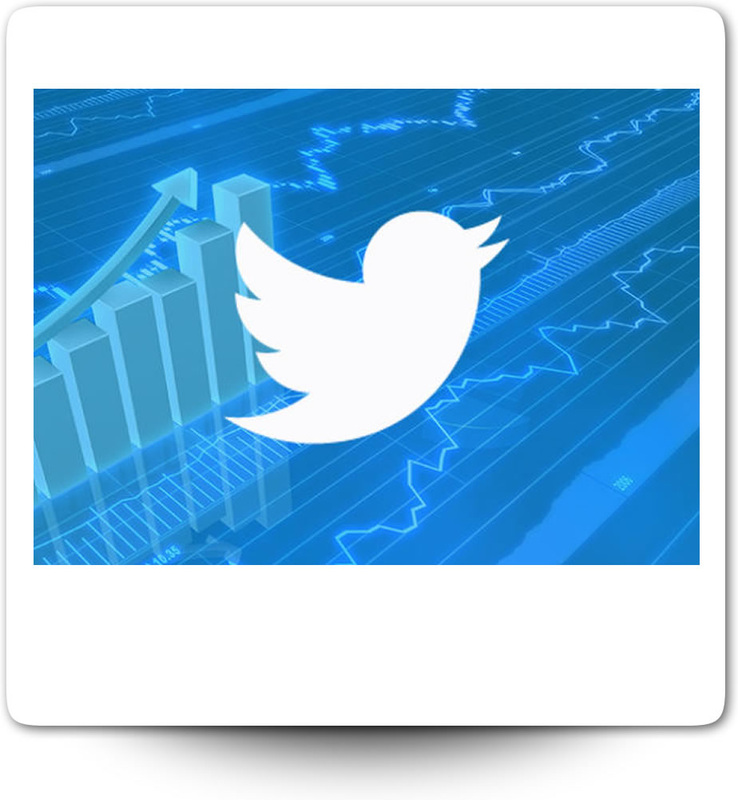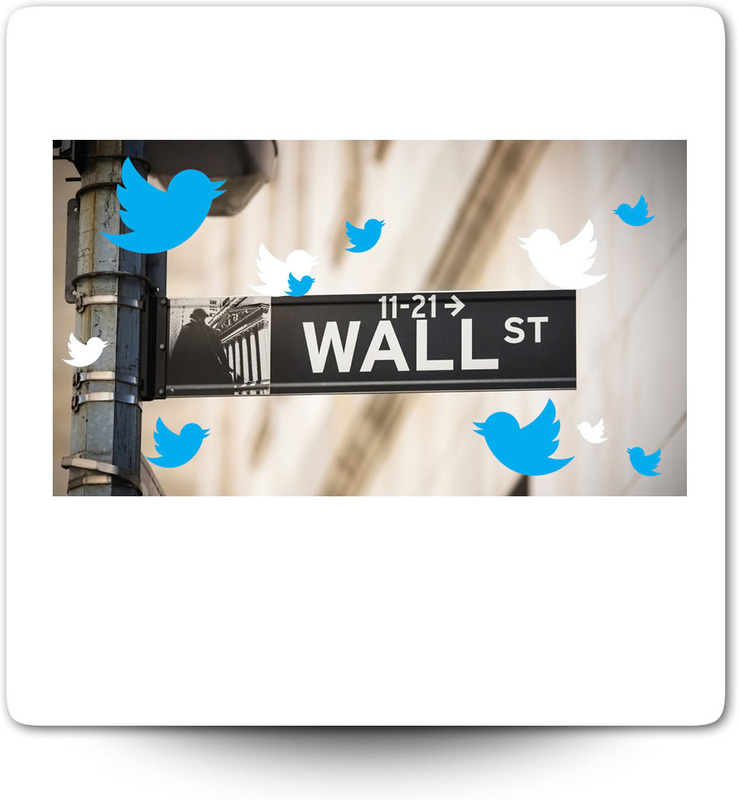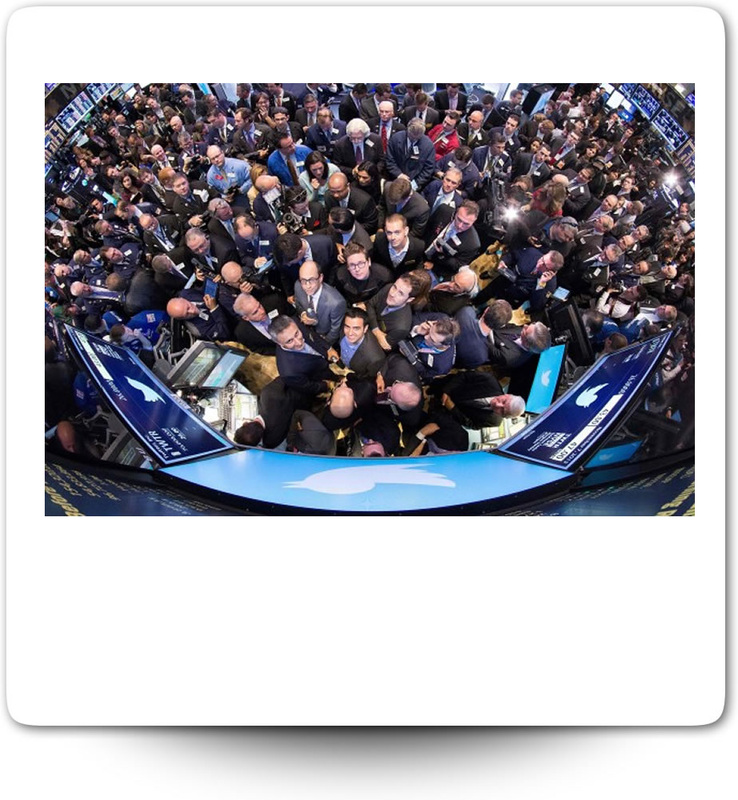|
Twitter has over 200 million active users. It has changed the way major news and personal information is spread and dissected. So far Twitter has stayed remarkably dedicated to its original interface, taking a hands-off approach to how its 230 million users want to use it. But it will soon have another powerful bunch of people—investors—who also want to be heard: in the near term, Twitter may make major interface changes to address the growing need to make money. -Philippe.
0 Comments
Leave a Reply. |
Head of Product in Colorado. travel 🚀 work 🌵 weights 🍔 music 💪🏻 rocky mountains, tech and dogs 🐾Categories
All
|





 RSS Feed
RSS Feed